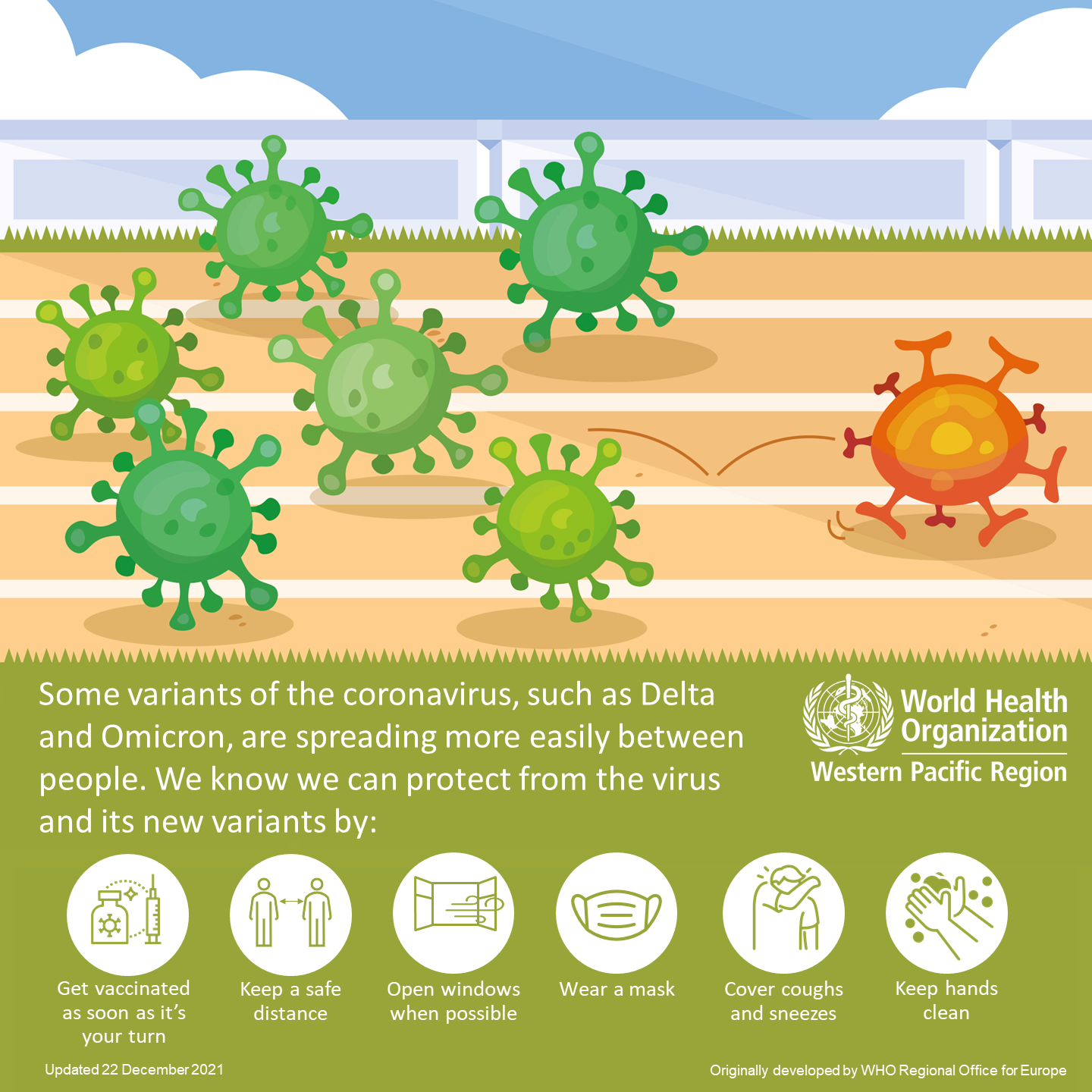Prevalence and Cluster Analysis of SARS-CoV-2 Variants of Concern, Belize, August 2021-July2022
Main Article Content
Abstract
Introduction:
Variants of Concern (VOC) challenged prevention and control measures against COVID-19. The VOC behavior has not been studied in Belize. Our objective was to describe the prevalence and high-risk clusters of VOC.
Population and Methods:
A cross-sectional analysis described the prevalence and high-risk clusters of VOC in Belize. These were defined as per the Centers for Disease Control and Prevention. The Central Medical Laboratory provided the database. Prevalence rates were estimated by sex, age, district, and VOC. Space-time analysis identified high risk community clusters using SaTScanTM with a Discrete Poisson probability model. The Autoregressive Integrated Moving Average (ARIMA) model was applied in XLSTAT to describe and predict the temporal behavior of VOC for one year.
Results:
Of 645 cases identified, these were Alpha (0.2%), Delta (31.2%), Gamma (0.5%), and Omicron (68.2%). The median age was 33 years. Highest prevalence rates (cases per 10,000 persons) were reported in: females – 16.6 (95% CI: 14.9-18.3); age group of ≥60 years – 33.7 (95% CI: 27.2-41.2), and Omicron – 10.2 (95% CI: 9.3-11.2). The 12-month prevalence was 15.0 cases/10,000 persons (95% CI: 13.9-16.2). Of four clusters identified, the fourth (Caye Caulker) had the highest relative risk (67.77). The ARIMA analysis indicated infections would gradually decrease but persist.
Discussion:
Females, elderly persons, and the Cayo district were most affected. Omicron predominated. Sample sequencing criteria possibly introduced selection bias. Sustained surveillance of VOC is vital for early detection and public health response. Bivalent vaccines should be promoted. The study period needs to be extended.
Article Details

This work is licensed under a Creative Commons Attribution-NonCommercial-NoDerivatives 4.0 International License.
